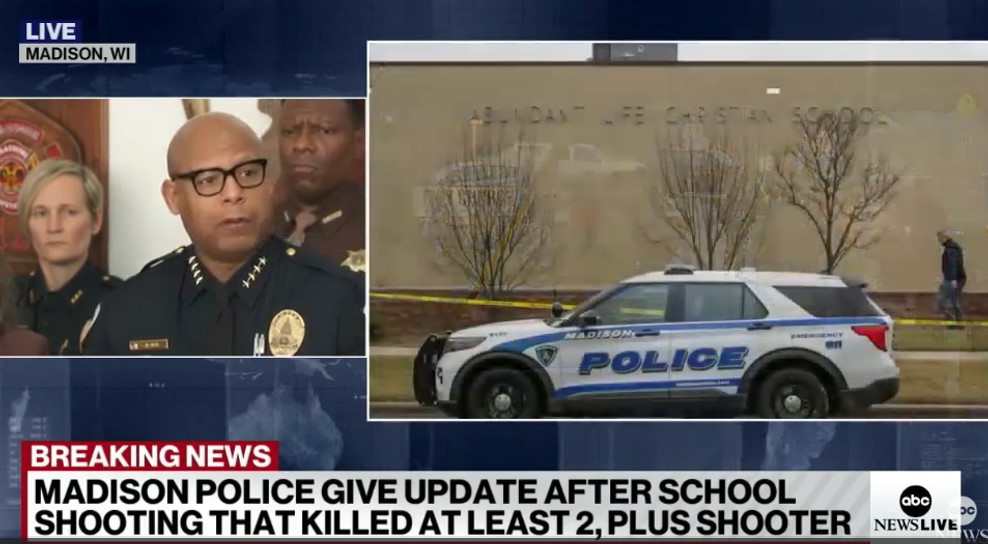What should you do before briefing the media on a breaking story? Do your homework by gathering the facts, developing your key messages and practicing the delivering of them. Afterall, the last thing you want to do is make a factual mistake that misleads the media.
Ah, but even the best prepared communicators might make an error. If that happens, how should you handle it? Our advice is to own your mistake, correct it, apologize, and then move on.
This is precisely the way Madison, WI police chief Shon Barnes handled a mistake when briefing reporters the day after a fatal shooting of a teacher and student at a private Christian school. The day before, police reported that a 2nd grade student was the person who called 911. That turned out to be wrong. In the clip below, watch how Barnes corrected and explained the error, apologized for it, and moved forward with the rest of the briefing.
By clarifying that a teacher, not a student called 911, Barnes didn’t make excuses. The police chief owned the mistake, explained how it occurred, and apologized. Notice how Barnes did not dwell on the error. He quickly moved on and began releasing more information about the tragedy.
Barnes provided a model for handling these kinds of mistakes. So, if you or your organization inadvertently releases inaccurate information to the media, don’t try to hide the mistake. Own it, correct it as soon as possible, and put it in the rearview mirror.

